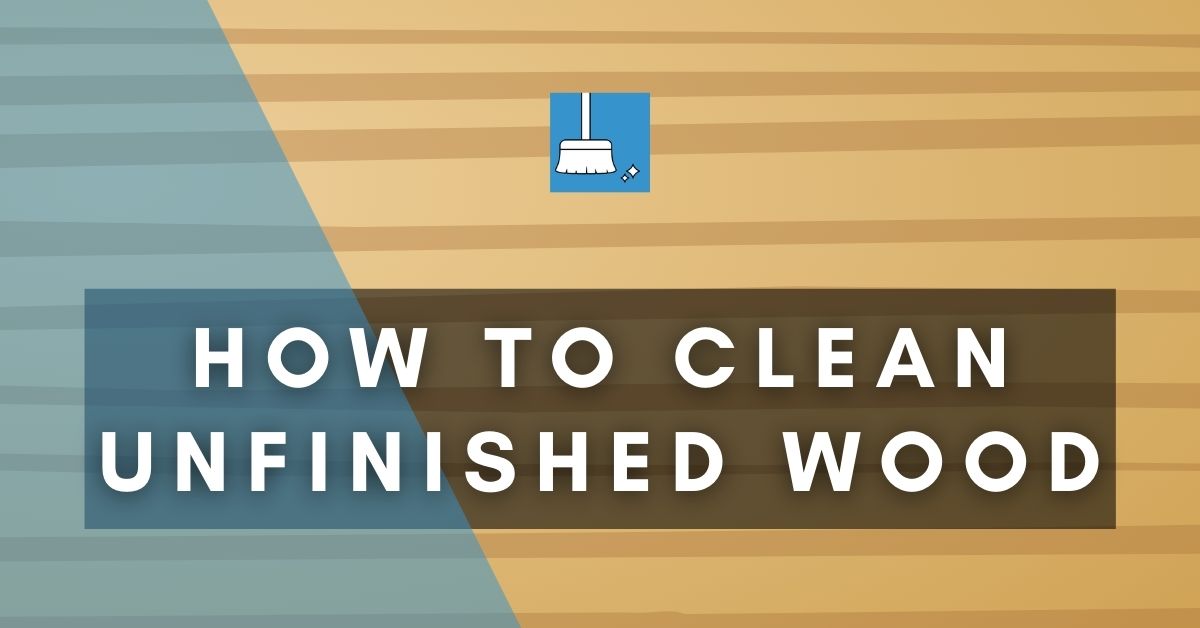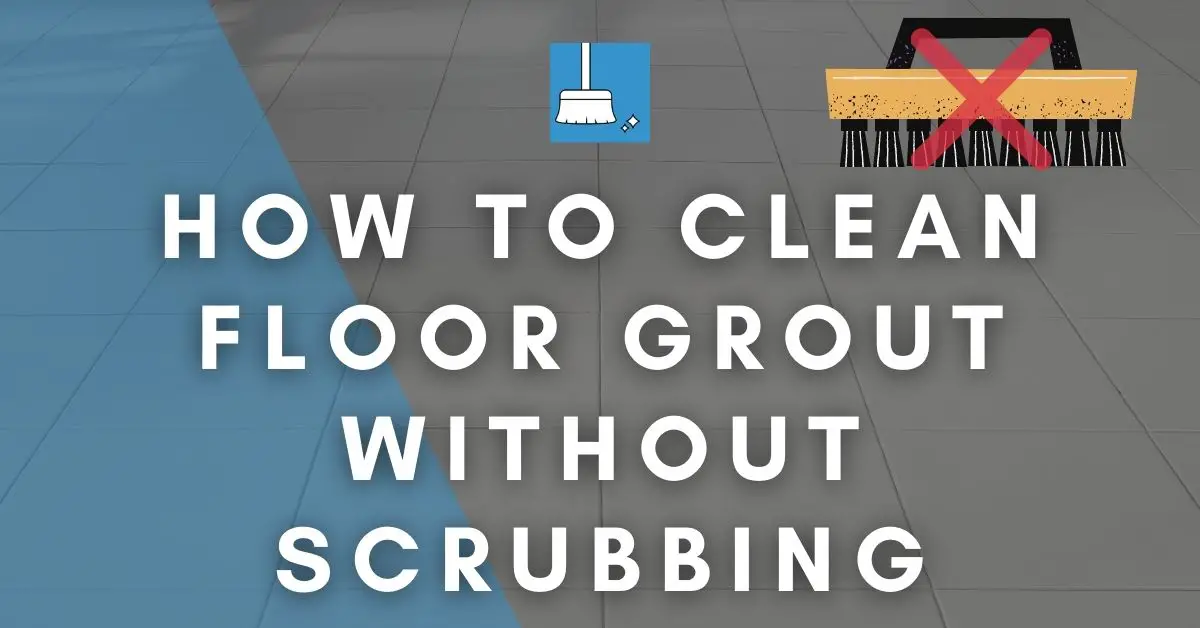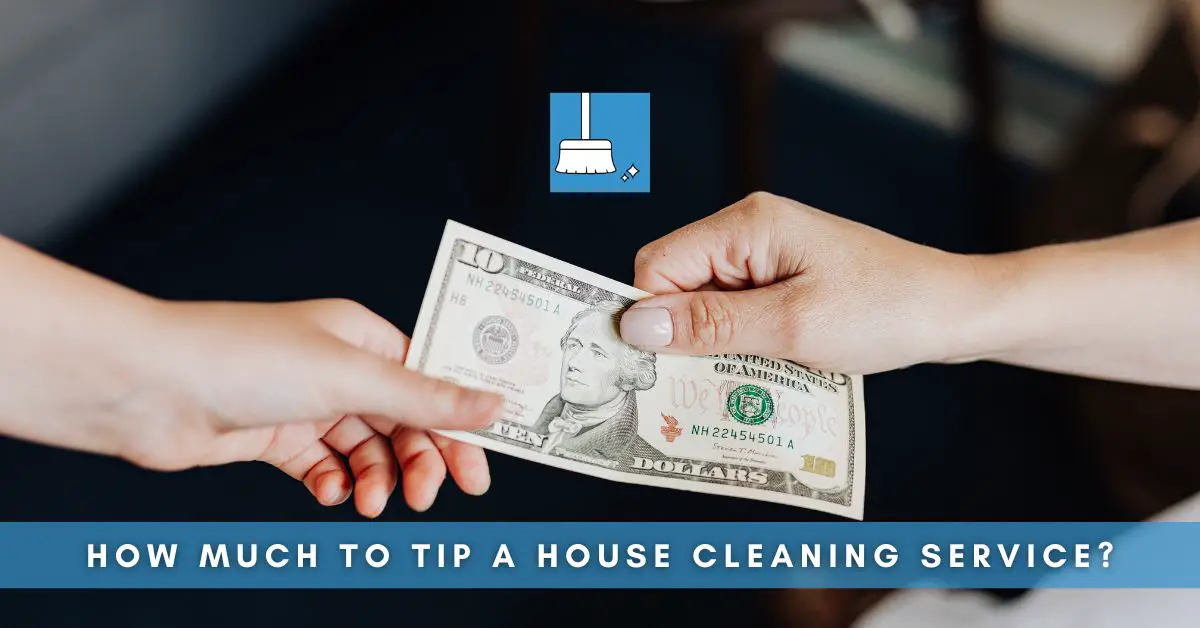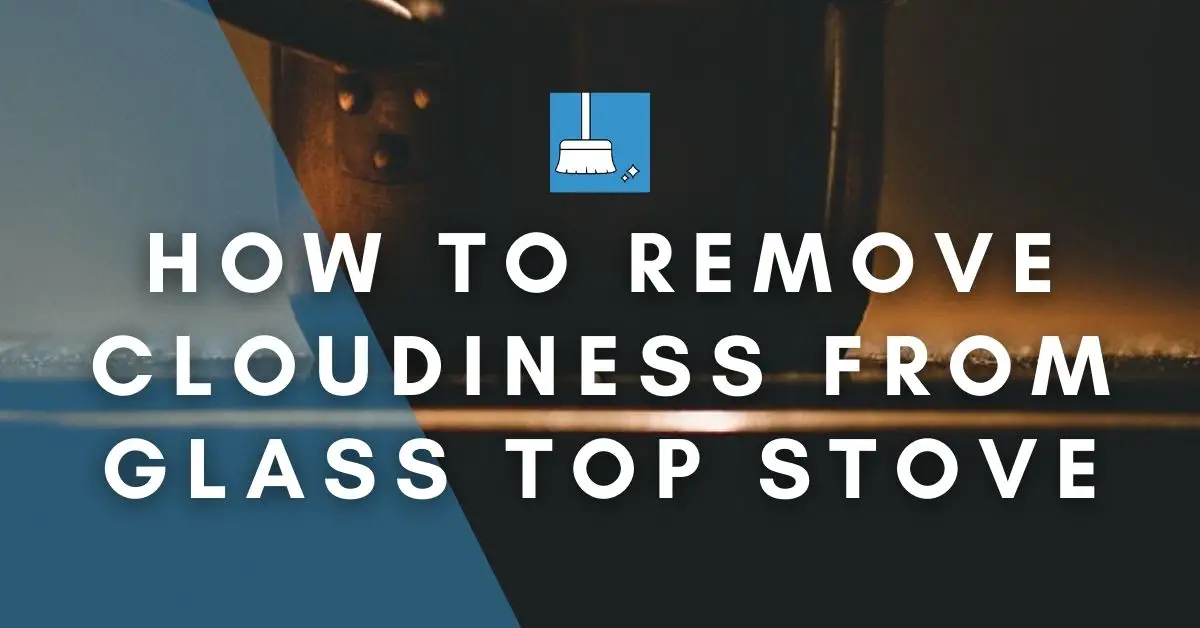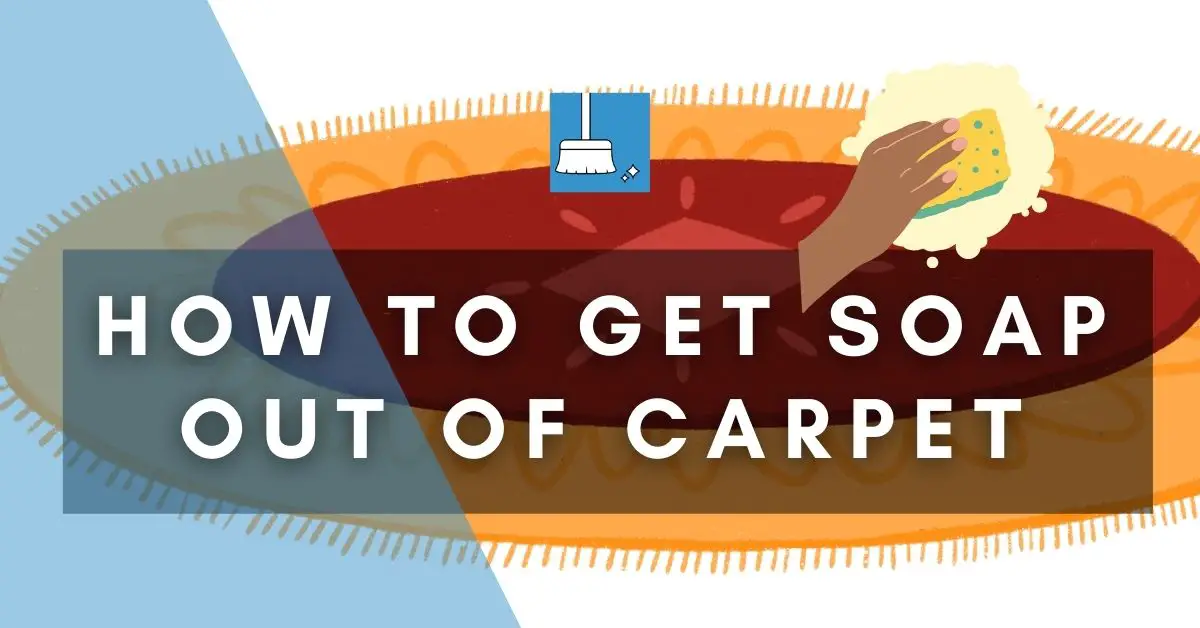You chose those unfinished wood floors for your home because of the customization that is possible with them. But no wonder you have come to realize that these floors are more susceptible to stains and damage. Finished wood floor planks are treated before they are put into use. This makes them more resistant to discolorations, stains, and water damage.
Cleaning unfinished wood can often be difficult because the use of soap could damage the wood and the use of water could discolor and cause the wood to swell up. All these factors and more contribute to the challenges that come with cleaning unfinished wood.
The great question now is how and what can be used to clean unfinished woods in the home.
Fortunately, there are some simple and proven ways to go about it.
What to Consider Before Cleaning Unfinished Wood Floors?
1- Stability of the wood
This would determine the safest method that can be used to clean the wood without deteriorating it. To determine the stability of your wood you can use the following ways:
For woods that absorb water quickly, it is preferable to use dry cleaning methods that require little or no quantity of water while wet methods can be used for woods that do not absorb water quickly.
2- Type and Condition of the Wood
It is also important to know the condition and type of your unfinished wood before embarking on cleaning.
Older woods will require CAREFUL handling as they can be prone to damage whereas newer woods still have their strength.
Also, Pinewood can absorb the stains easily while other types are harder and will more likely let the stain stay at the surface.
3- Presence of Patinas
Patinas are remnants of substances that are applied on the surface of the wood which could be the coating residue.
They can be sometimes difficult to differentiate from dirt and could get in the way of cleaning but with proper scrutiny, you can be able to identify and clean the dirt.
4- Testing
It is also important to test different methods on inconspicuous areas of the unfinished wood to help you determine the method that will cause less or no damage to your unfinished wooden surface.
How to Clean Unfinished Wood (9 Methods)
Let’s see some safe methods that can be used to clean your unfinished woods.
METHOD 1: Using Soft Microfiber Cloth
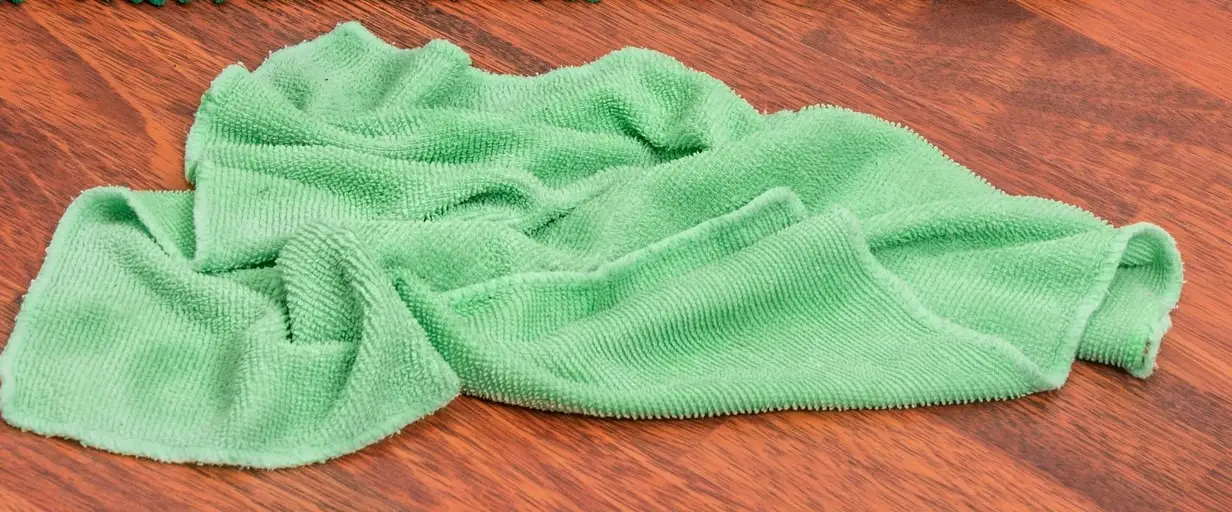
The use of a soft cloth preferably a microfiber material to delicately clean the surface is one of the easiest methods to clean your unfinished wood.
This method is great for unfinished wooden surfaces that do not contain excessive dirt in the grain of the wood.
YOU’LL NEED
Soft cloth (microfiber)
STEPS
1- Get a clean and dry soft microfiber cloth and use it to gently wipe the surface of your unfinished woods.
It is as simple as that. Use this method for regular maintenance of your floors.
Let’s see another method.
METHOD 2: Using Vinegar
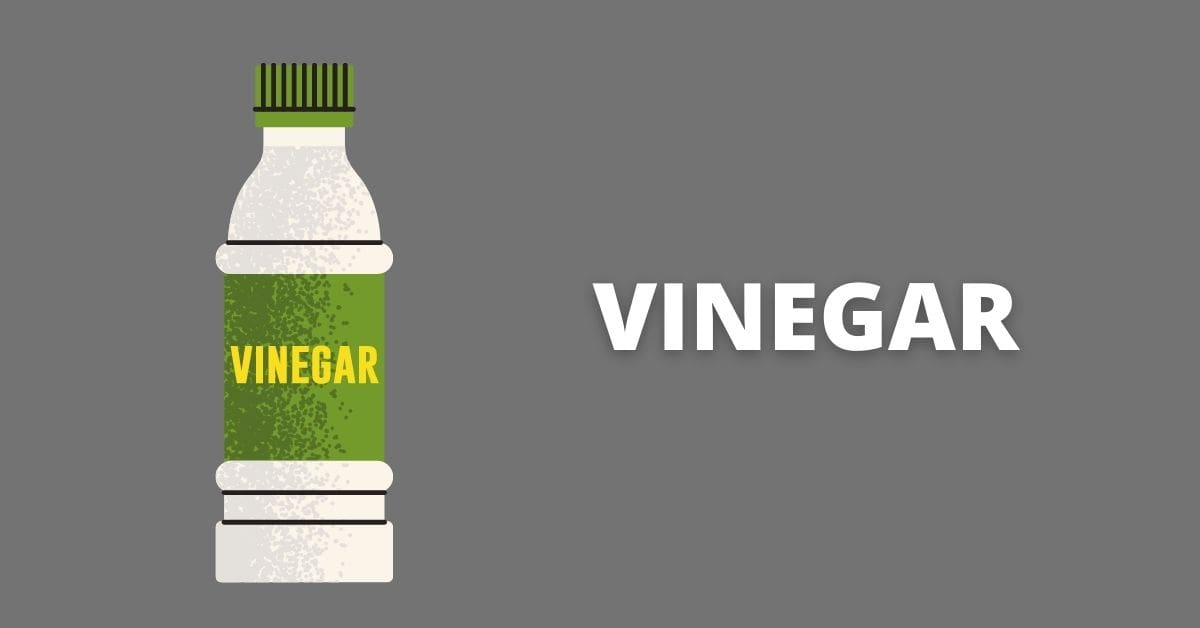
Vinegar is a cleaning agent that is used by many professionals for cleaning a variety of surfaces, including unfinished wooden floors or tables.
Vinegar’s acidic mature could turn out to be too harsh and cause damage to your wood. So it should be diluted with either water or essential oil, which will help in reducing the concentration and odor of the vinegar.
YOU’LL NEED
Vinegar
Container or bucket
Water
Mopping cloth
STEPS
1- Prepare a diluted solution of vinegar by adding 1/2 cup of vinegar to 1 gallon of water in a bucket.
2- Soak your mopping cloth/material with the mixture, squeeze until all liquid is out and use the damp cloth to clean the unfinished wood surface.
Simple! Isn’t it?
METHOD 3: Using Erasing Compounds & Erasers
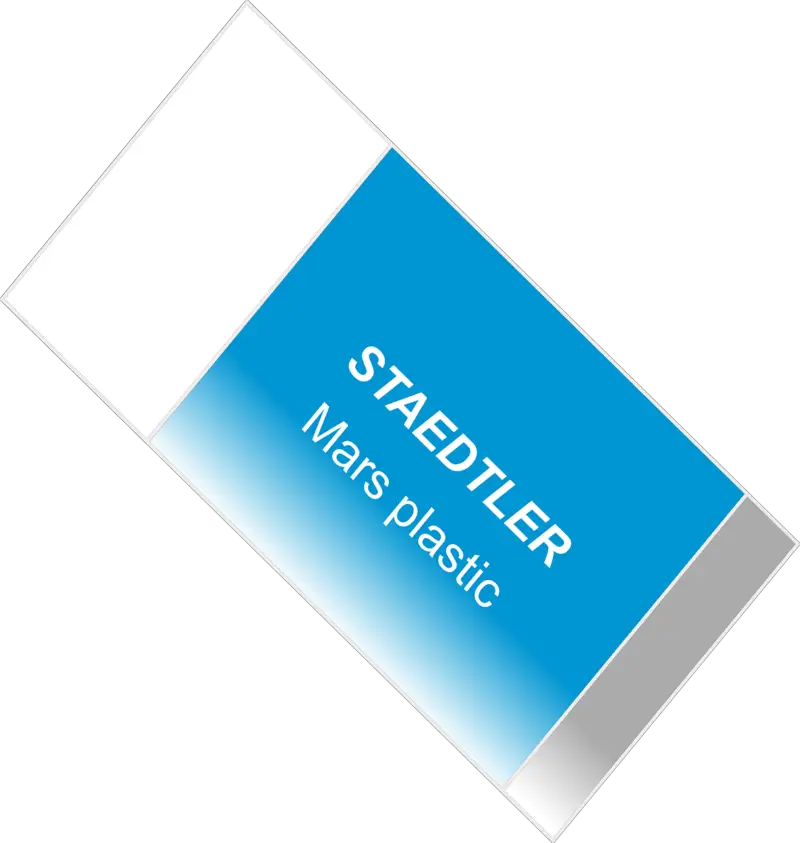
Using Eraser’s crumbs is also one of the mild ways of cleaning unfinished wooden surfaces. They are available in different sizes. Examples of erasers crumbs include Staedtler Mars Plastic and Eberhard Faber 1954 known as “Magic Rub”.
YOU’LL NEED
Eraser
Soft brush
Vacuum cleaner
STEPS
1- Rub a small amount of your erasing compound over the surface of the unfinished wood.
2- To get the dirt out of the grain, rub the eraser in the direction of the grain several times.
3- After a few minutes of rubbing, the erasing compound will become dirty as a result of the dirt and stains, you should change the side of the rubber or use the cleaner one.
4- The eraser residue along with the dirt should now be removed by a soft brush or a vacuum.
METHOD 4: Using Sandpaper

Sandpaper is a powerful cleaning material for unfinished wooden surfaces. Use this method to remove dye stains, dirt, and other forms of tough stains on the wooden surface.
Care should be taken when selecting your sandpaper, coarse texture of about 100 will damage your wood, a medium texture of about 150- 190 can be used to remove scratches and stains while fine textures of about 200-220 can be used to sand your wood before painting.
YOU’LL NEED
Sandpaper (150-190)
Paintbrush
Cloth
STEPS
1- Brush away the surface dust and debris.
2- Lightly damp cloth and wipe the wood surface.
3- Very gently rub away the oil stains from the wood with 150 grit sandpaper. Use the sandpaper in the direction of the grain and not the other way.
METHOD 5: Using Water & Soap
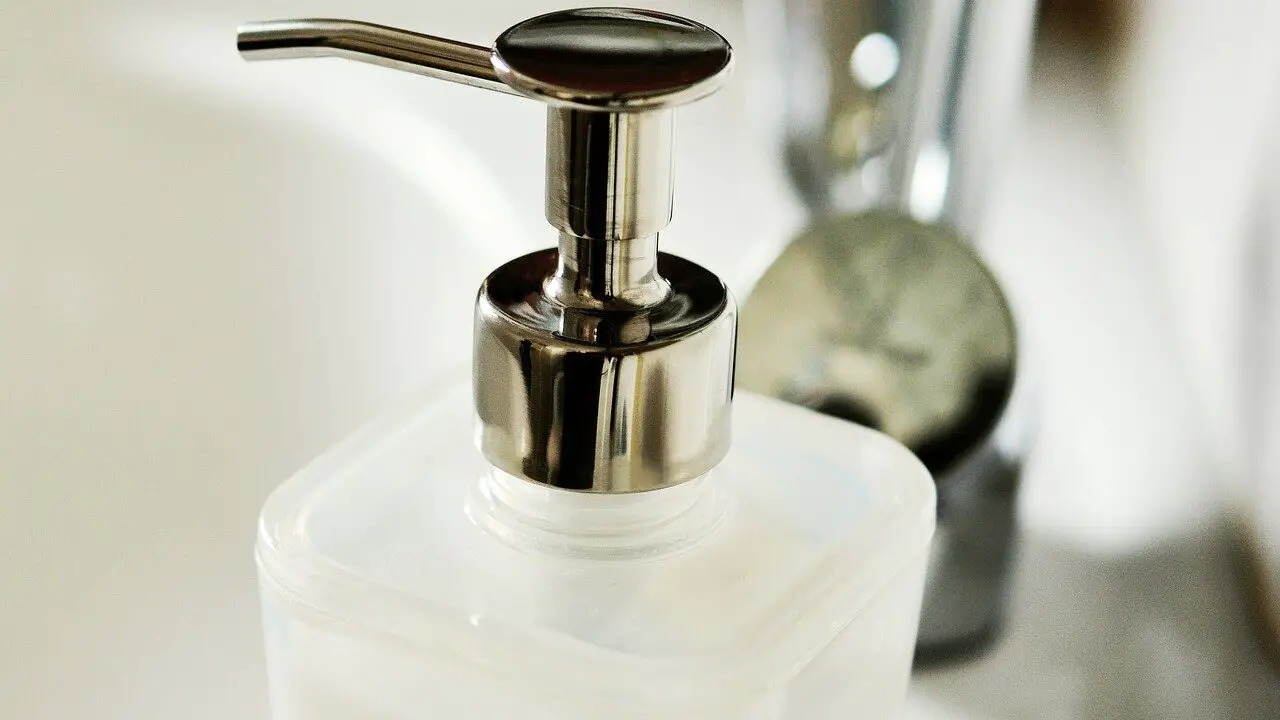
Water and soap are also cleaning agents that can be used in cleaning the surface of unfinished woods. It should be noted that soaps with harsh chemicals should be avoided to prevent damage to the surface.
YOU’LL NEED
Water
Soap
Soft cloth or brush
Dry soft cloth
STEPS
1- Make a solution of water and your soap.
2- Soak a soft cloth with the solution and squeeze the excess water out of it.
3- Use the damp cloth to rub the floor at intervals until you get your surface clean.
4- Then dry the floor with a cloth or by turning the fan on.
METHOD 6: Using Adhesive Rubber
The adhesive is a natural rubber product that is frequently used to clean unfinished wood.
With its sticky nature, it works by attracting dirt and stains in the grain and crevices of the unfinished wooden with its sticky nature.
YOU’LL NEED
Adhesive rubber
STEPS
1- Press the adhesive on the surface and gently roll it over the wood massaging its way into the grain of the wood.
2- As this is done, it becomes darker as a result of the quantity of dirt that sticks with it.
3- Remove the adhesive, turn over the surface to reveal the neat part, and massage again into the surface until your unfinished wooden surface is clean.
METHOD 7: Using Trisodium phosphate
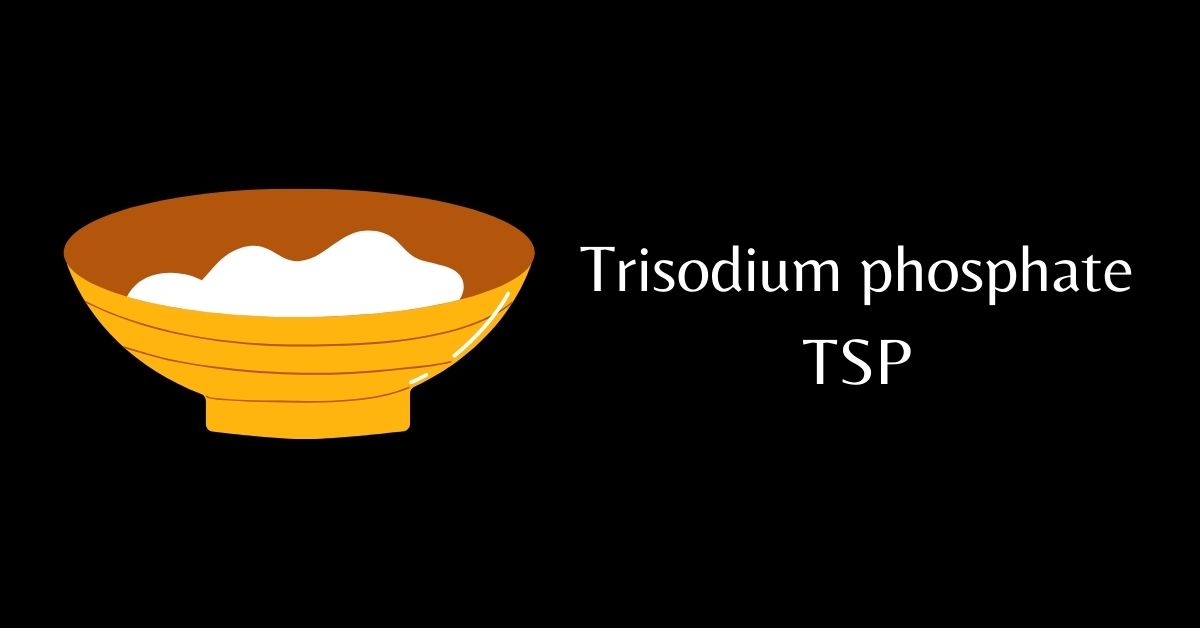
Trisodium Phosphate can be used to remove stains from the surface.
YOU’LL NEED
Trisodium phosphate
Water
Soft brush
Soft cloth
STEPS
1- Dust a thin layer of trisodium phosphate on the wooden surface.
2- Scrub gently using a soft bristle brush.
3- Pour a little quantity of water on the surface once the stains and dirt are gone, then clean it off immediately.
4- Allow drying.
METHOD 8: Using Mineral Spirits
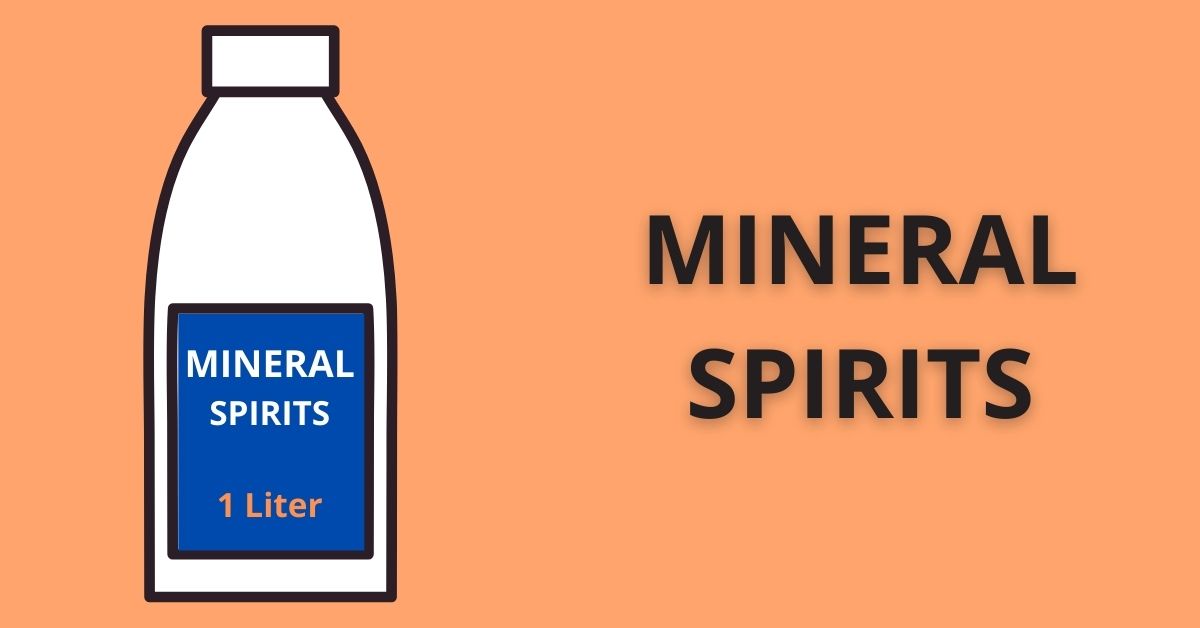
This is a petroleum substance used for removing paints from paintbrushes and it could also be used to remove stains/dyes from the surface of unfinished wood, however, the mineral spirit is dangerous to the health, and a mask should be used when using it to clean.
YOU’LL NEED
Mineral spirits
Soft cloth / Old towel
Dry cloth
STEPS
1- Pour a little amount of the chemical on the surface.
2- Scrub the chemical on the surface gently using a soft cloth or a towel.
3- Immediately dry the surface using a dry cloth.
METHOD 9: Using Water & Murphy’s oil
Murphy’s Oil is one of the popular mixtures that has been proven to be effective in cleaning wooden surfaces.
YOU’LL NEED
Water
Murphy’s Oil
Soft cloth
STEPS
1- Make a solution of water and Murphy oil with the same measurement as that of vinegar.
2- Dip the soft cloth into the water, squeeze excess fluid out of the cloth.
3- Use this damp cloth to wipe the surface until it is clean and allow it to dry.
METHOD 10: Using a Brush
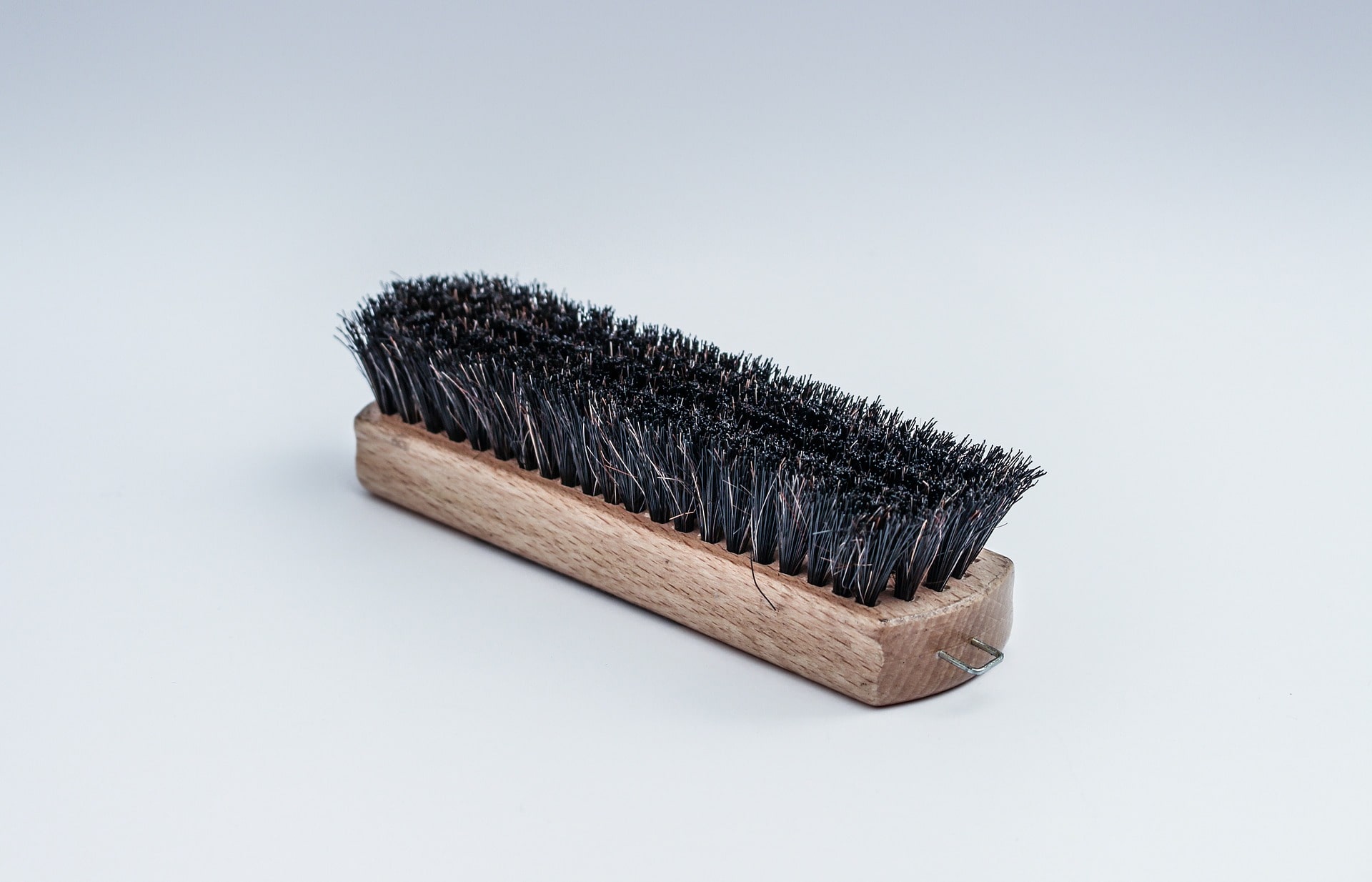
This method is useful in removing deeply ingrained dirt and debris. A wipe with a microfiber cloth would only clean away the surface dust but this method will be required for the tougher job.
YOU’LL NEED
Stiff bristled brush
Broom / vacuum
Microfiber cloth
STEPS
1- Using the stiff-bristled brush, gently clean the wood. Make sure to use the brush in the direction of the wood grain.
2- The dirt will start to loosen up.
3- Using a Vacuum (preferably a handheld one), remove the loosened-up debris.
4- Wipe the surface with a clean microfiber cloth.
How to Remove Grease and Oils Stains from Unfinished Wood?
YOU’LL NEED
Gloves
Mineral spirit
Baking Soda / Corn Starch
Cloth
Plastic wrap
Brush / Vacuum
STEPS
1- Wear your gloves and open the windows.
2- Using a cloth, apply a little amount of mineral spirit to the wooden surface and rub it a few times.
3- Spread a good amount of Baking Soda or cornstarch over the oil stain.
4- Cover the spread with your plastic wrap to prevent it from getting blown away.
5- Let the powder stay there for 6-7 hours or overnight.
6- After the rest, sweep away the powder with a brush or a vacuum.
7- If the stain isn’t fully gone, repeat the process again until the oil is no longer t be seen.
How to Get Sticky Stuff Off Unfinished Wood?
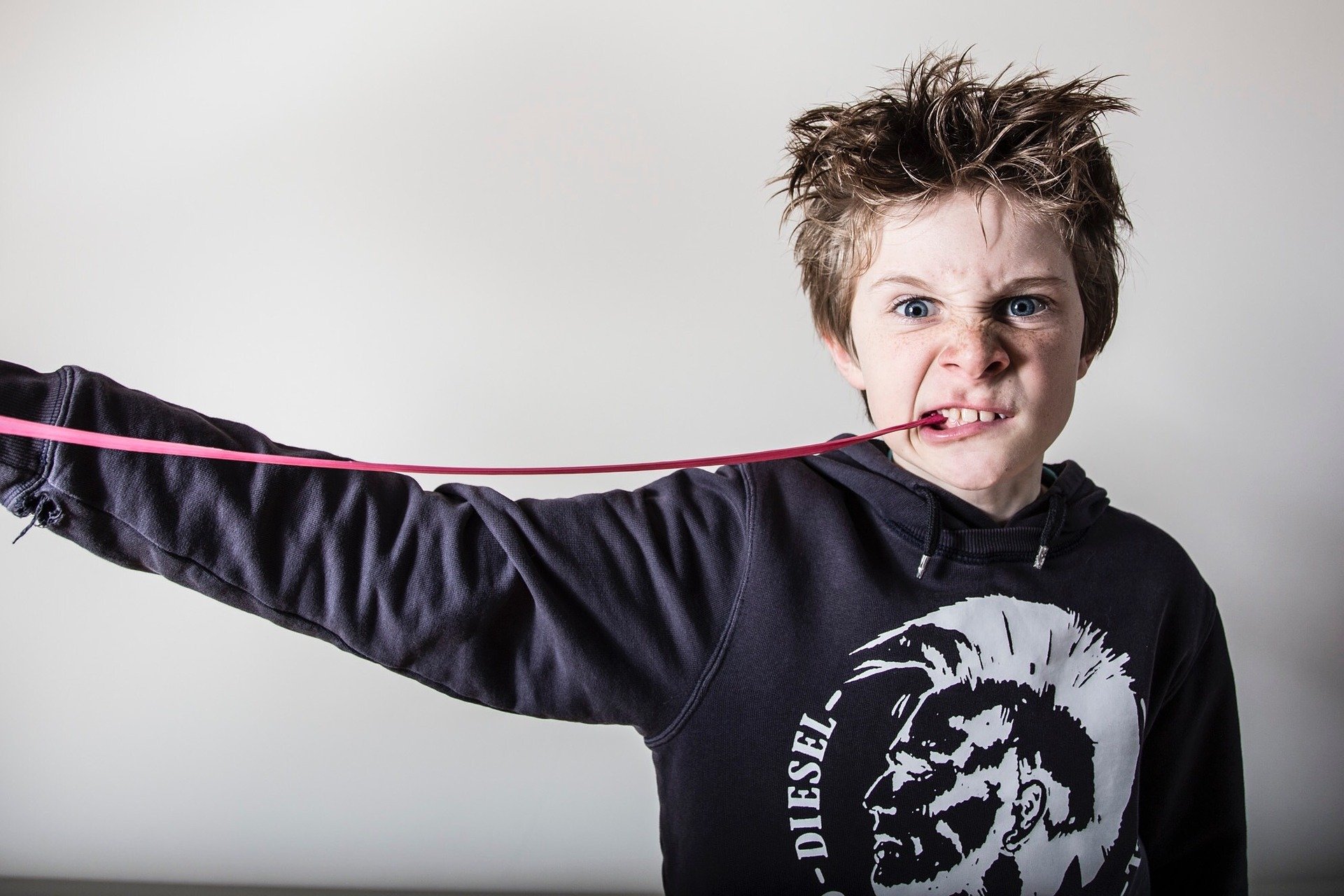
This method is great for removing Chewing gum or tree sap spills from your wooden surfaces. Both of these can be a nightmare for your unfinished wood. They can remain stuck to your wood and cause damage.
YOU’LL NEED
Zipper bag
Ice cubes
Plastic Knife / plastic scraper
STEPS
1- Put a few ice cubes in your zipper bag and place the cold bag over the chewing gum or tree sap.
2- Hold it there for 5 minutes.
3- Remove the bag and test if the gum has hardened. If yes, use the plastic knife or scraper to scrape off the sticky mess.
How to Clean Unfinished Wood Before Painting?
YOU’LL NEED
Vinegar
Spray bottle
Soft cloth
STEPS
1- Pour water into the spray bottle and add a little quantity of vinegar to it.
2- Cover and shake well.
3- Spray the solution onto the cloth to make it damp.
4- Rub the damp cloth on the wooden surface. Make sure to not rub too hard.
5- Allow the wood to dry completely before painting.
How to Clean Unfinished Wood Drawers
YOU’LL NEED
Water
Soft cloth
Soft Brush
Soap
STEPS
1- Use your soft brush to remove all the dirt that is in the nooks and crannies of your unfinished wooden drawer.
2- Dampen your soft cloth with water and use it to gently wipe the surface of the drawer.
3- To remove stains from the drawer, prepare a soap solution and dip your soft cloth into the solution.
4- Squeeze out excess water and use the lightly damp cloth to rub the surface of your unfinished wooden drawer.
5- Allow the drawer to dry.
6- Then dust baking powder on the surface of the drawer, leave for a while after which you can now clean away the powder using a handheld vacuum.
Routine Cleaning
Routine cleaning will help in keeping the dirt away which can scratch the wood surfaces.
1- While using brooms and brushes, stick to the soft-bristled ones.
2- While wiping the dust away, always use gentle strokes.
3- Try to avoid wetting your wood, unless absolutely necessary as moisture will cause the wood to swell.
How to Tell if Your Wood is Unfinished?
To know this, just apply these simple steps!
1- Take a few drops of water in your hand and drop them onto your wooden surface.
2- If the water gets absorbed by the wood, it is unfinished wood but if the drop stays on the surface, the wood is treated and has some polish over it.
Conclusion
Whether you have surface dirt or deeply ingrained dirt in your unfinished wood, the methods are there to your rescue.
I have shown you almost all of the situations that people fall into while dealing with messes on their wooden surfaces. Apply the methods and do your happy dance.
Cheers!

